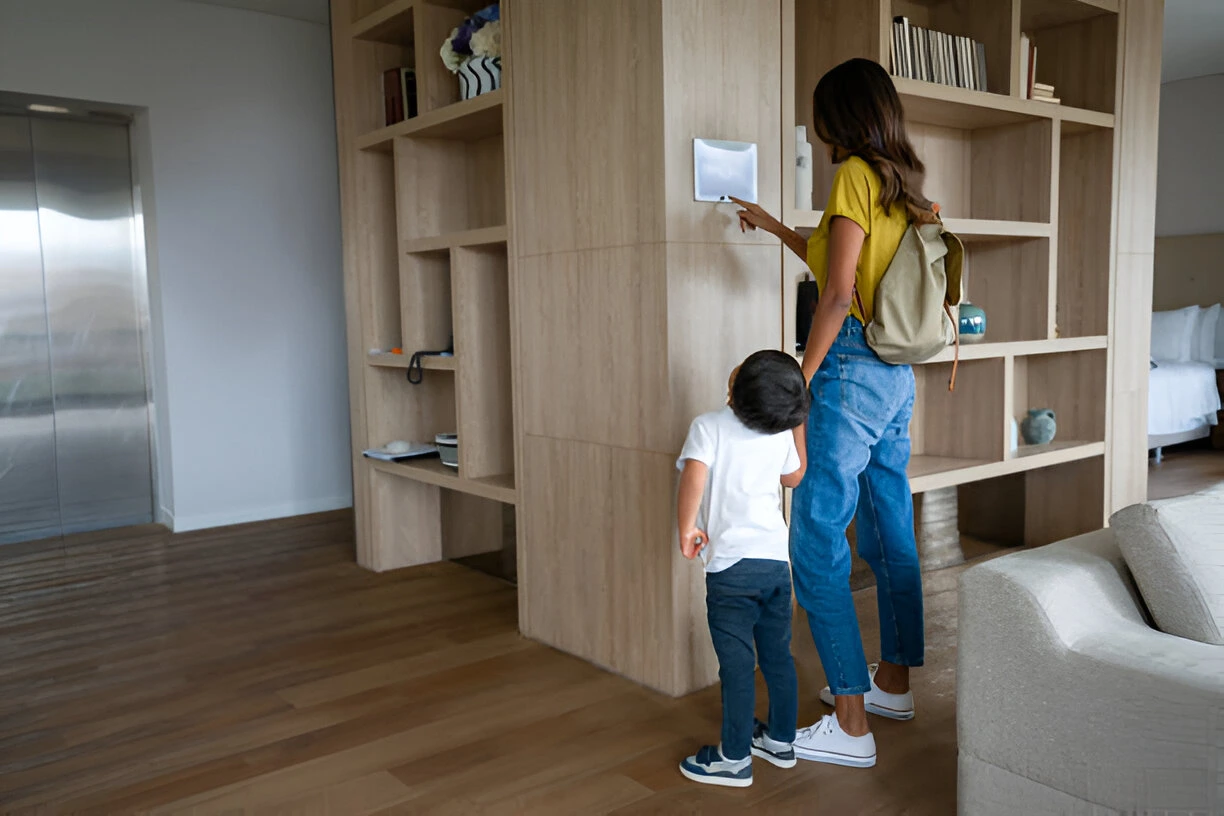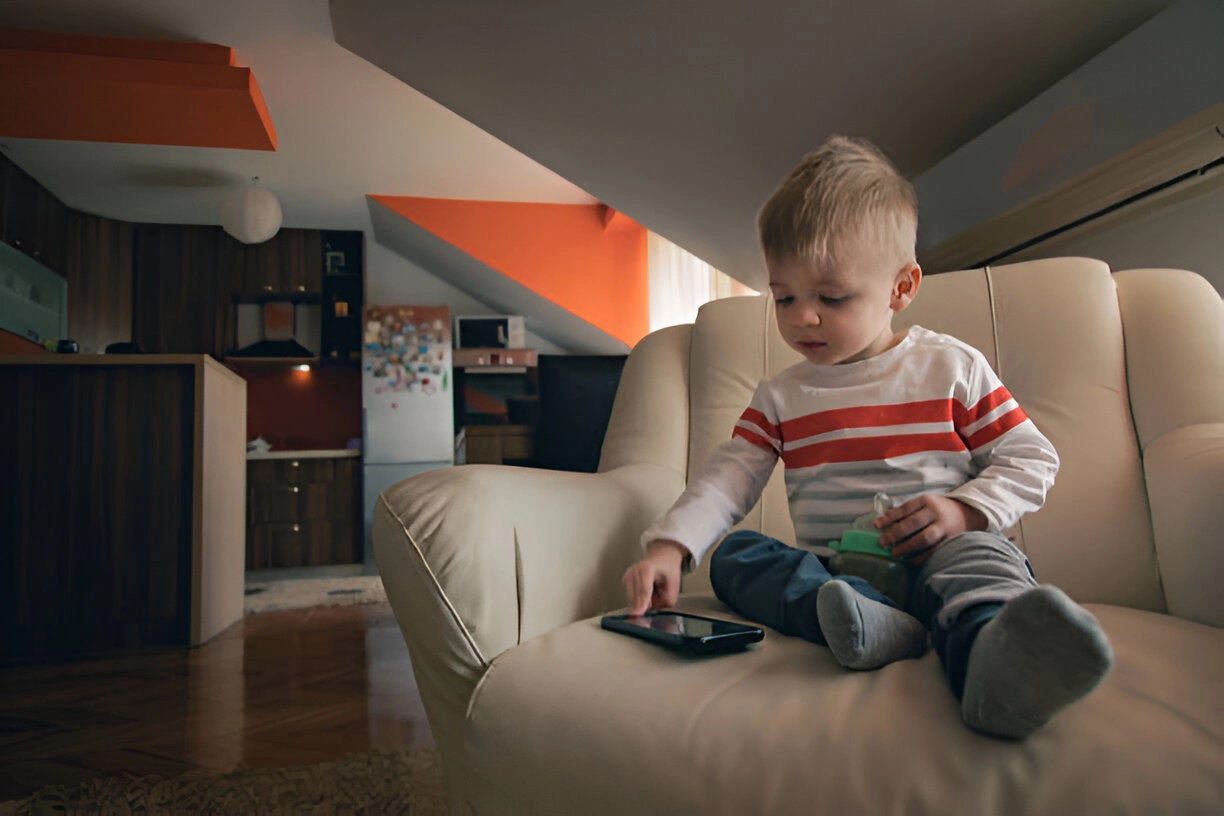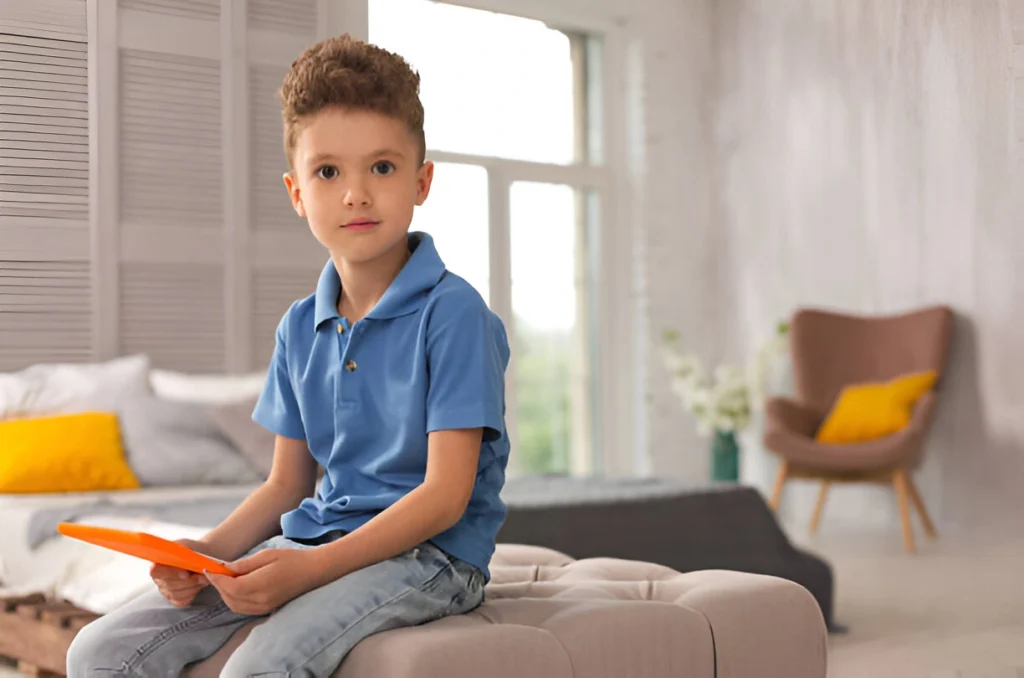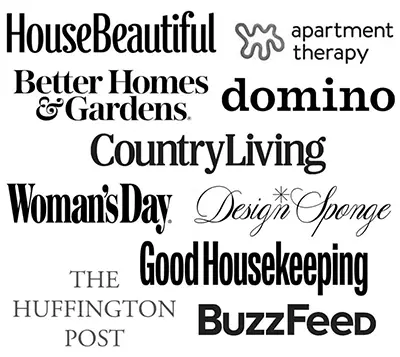Building a smart home is more than just adding convenience and cutting-edge technology; it’s about creating a secure, comfortable, and enriching environment for every member of your family, including your kids.
Amidst a continued evolution of smart home technology, parents throughout the United States are discovering new ways to include kid-friendly smart home devices in their homes, helping to create spaces that are safer, interactive, and welcoming for every member of the family.
From smart cameras and voice assistants to lighting automation and parental controls, the options are endless. But for families with children, there’s more to it than what tech you add; it’s also how thoughtfully it is implemented. In this guide, we’re going to walk through planning and executing a smart home that works for grown-ups but which won’t impinge on kids’ need for intellectual stimulation, privacy, or fun.
Why Go with a Smart Home for Kids?
Smart home technology was once limited to early adopters or tech enthusiasts. But today, it’s mainstream, and it’s transforming the way families live. For parents, smart home systems can alleviate stress, save time, and provide peace of mind.
For kids, they can be a fun, safe place where children can safely learn limits, gain independence, and even have fun in age-appropriate ways.
If you are a parent of toddlers or teens, a smart home that is kid-friendly can make a huge difference. It enables you to keep track of safety, manage screen time, set bedtimes and homework times on autopilot, and even establish a place where children can flourish on their own, without the temptation of feeling cut off from their parents’ guidance.
Building a Smart Home, Child’s Play Included
And when it comes to constructing or retrofitting the structure of a smart home, the design philosophy can shift a bit when kids enter the equation. Instead of just optimizing for efficiency or opulence, you are laying down the tracks for access, safety, and education.
Even simple gestures, like putting up smart lights that dim with the approach of bedtime or installing a smart lock that alerts you when the teenager comes home from school, offer comfort and a structure to the home. And these aren’t just gadgets, they’re lifestyle improvements that create healthy habits and safe spaces.
Many American families are also now adopting voice assistants like Amazon Alexa or Google Assistant as central family hubs. They are like training wheels for children to ask questions, remind themselves of homework, play audiobooks, or even control their lights or music, within certain bounds set by parents.
Safety First: Getting Smart Tech to Protect Your Children
Smart home upgrades for parents. In today’s world, there are numerous reasons why parents should consider making the move to a smart home, but easily one of the most compelling ones is the improved safety that smart homes can provide. As your little ones grow up, so do your responsibilities, but smart tech can bridge that chasm between freedom and safety.
Smart door and window sensors, video doorbells, indoor cameras, and motion detectors can help parents monitor comings and goings. Many families also choose smart locks that can be opened with keypads or fingerprints, eliminating the need for keys, which kids can misplace.
Indoor cameras with two-way audio provide greater peace of mind for those with young children. Parents can log in to check on the baby during nap time or when the car seat leaves the room, and even chat with their child if they want. Smart baby monitors are now about much more than just sound; they come with temperature sensors, breathing monitors, and even sleep analysis features, like the most recent offering from Cubo AI.
Smart plugs and power strips can also be switched off remotely, so you can remotely stop devices that shouldn’t be on. These features are especially useful when toddlers begin to poke around or when teenagers sneak electronics after lights out.

Screen Time Monitoring & Digital Wellbeing for a Smart Home
Modern parents have a lot on their plates when it comes to regulating screen time. Smartphones, tablets, TVs, and gaming consoles are all around, and it’s easy for kids to consume too much of them. Fortunately, a kid-friendly smart home opens the doors for parents to set limits on tech use without having to nag constantly.
Smart routers such as Google Nest Wi-Fi or Eero enable you to schedule usage and set internet time limits on a per-device basis. You can turn off the Wi-Fi during dinnertime, school, or bedtime. And these devices allow you to see browsing history, block inappropriate sites, and filter content by age level.
Voice assistants might also help out in this regard. You can activate parental controls on explicit music, turn off unauthorized purchasing, or restrict when your children can use the device. These options give you children and entertainment, Music, and educational tools at your control safely.
The point is not to get rid of technology, but to help children learn to use it responsibly. Smart home features provide a middle ground with automated limits and restrictions that provide a welcome escape from the daily screen wars.
Smart Learning and Independence With Smart Features
Smart homes don’t just have to be about rule enforcement; they can aid and abet kids, too. “With the right configurations, your smart home becomes a classroom and a gateway to independence.
Young children, for example, can use voice assistants to spell words, do math, or hear what a dog sounds like. As they get older, they can create homework reminders, set their alarm, or control the music that plays in their room. These social experiences foster time management, accountability, and confidence.
Even children can start learning about the energy savings afforded by smart thermostats and lighting systems. You can instruct them in how to turn off lights when they leave a room, or set a thermostat for different times of day. And these small habits can add up, and smart home dashboards can make it easy to visualize that and understand that.
And families can even automate daily tasks with smart speakers. For instance, you can make a “Good morning” routine that, when triggered, will slowly turn on lights, play a list of motivational songs, and read the schedule for the day. A “Bedtime” routine could turn down the lights, play white noise, and lock all doors. When children watch their days pass smoothly, they discover the importance of structure and planning.
What it’s like to live in a connected home: balancing privacy and function
For all the comfort and security that a smart home can provide, there’s a fundamental issue that parents cannot ignore: privacy. Where much of your data goes and how it is stored, when the rest of the Internet seems to be focused on taking your data and selling it off.
Look for products with solid privacy policies and encrypted data. When it comes to smart home devices, it’s safe to stick with established brands like Apple HomeKit, Amazon, Google, and Samsung SmartThings, which have more parental controls in place and are clearer about the data they collect.
Don’t put cameras in personal spaces such as bedrooms or bathrooms. And rely on motion sensors, door/window alerts, and more passive tech to know what goes in and out.
And for older children, at least make sure they understand privacy. Ensure that they know what devices are on, what kind of data is being collected, and how to use technology responsibly. Collective knowledge around privacy builds trust and minimizes the potential for abuse.
Crafting a Fun But Useful Space

A kid-friendly smart home shouldn’t be exclusively about rules and safety, however. They can play lullabies, bedtime stories, or a game of trivia. Color-changing smart lights can make birthdays and holidays more exciting or just turn brushing one’s teeth in the morning into an opportunity to enjoy a rainbow-hued timer.
Games in which you interact with voice assistants let children revel in trivia, quizzes, or interactive stories, turning downtime into a playful learning session.
For parents, that also means smart home tech can serve as a parenting aid. You can set up fun timers for chores or homework using a voice assistant, such as a smartphone, to reward children by unlocking extra time with smart toys or entertainment.
Combining custom schedules and rich content on elegantly designed, intuitive apps gives your home a warm, educational, and fun feel, where learning and playing can happen all at once.
Kid-Safe Smart Homes: FAQs
What is a kid-smart home?
A smart home for kids is a home equipped with technology that serves to be safe, educational, and entertaining for children. It’s built for parents and kids, with devices that provide parental control, accessibility, and security automation. The aim is to establish a safe, nurturing environment that enhances the tranquility of a family’s everyday life.
Are smart home gadgets safe for kids?
The short answer is actually yes, when used responsibly, smart home devices can even boost your child’s safety. Features like smart locks, cameras, motion sensors, and parent-controlled voice assistants offer around-the-clock monitoring and safe browsing, respectively. It is important to select reputable brands, secure your network, and set up strong privacy settings to protect your data.
Smart kids in smart homes?
Absolutely. Kids can play and communicate with devices such as voice assistants, smart lights, or even thermostats in a safe way when properly set up. Those interactions teach them independence and responsibility, and parental controls mean they can only access age-appropriate features and content.
How can I curtail screen time with smart home tech?
Screen time can be monitored with smart routers and Wi-Fi control apps, or with timers included in voice assistants and smart TVs. It’s cool you can schedule internet availability, block apps, or even take a pause on connectivity during things like dinner or bedtime. It enables parents to set digital boundaries without a battle every day.
What are the best smart home features for families with young kids?
Smart home features that can benefit young kids: Outfit the nursery/baby’s room with a baby monitor that has a camera and temperature sensor, smart lighting that’s part of a routine, lullabies that are voice-activated, and indoor security. For older children, it can be useful to set up screen-time controls, homework reminders, and personalized routines that will add structure and give them some sense of autonomy.
Conclusion: Realizing Smart Homes that Are Truly Family-Smart
And a home outfitted for kids doesn’t need to be chockablock with gadgets or turn you into the automatron parent. It means doing the hard work, and yes, work is involved, to thoughtfully integrate technology that makes life easier, safer, and more joyous for everyone under your roof.
From streamlining routines and monitoring screen time to boosting home security and teaching your kids responsibility, smart-home tech, when used thoughtfully, can improve family life in significant ways.
Just as families across the U.S. adopt these innovations, it’s evident that the future of parenting isn’t just having your tech-savvy kid grow up in your home; it’s having your home grow up with them.


